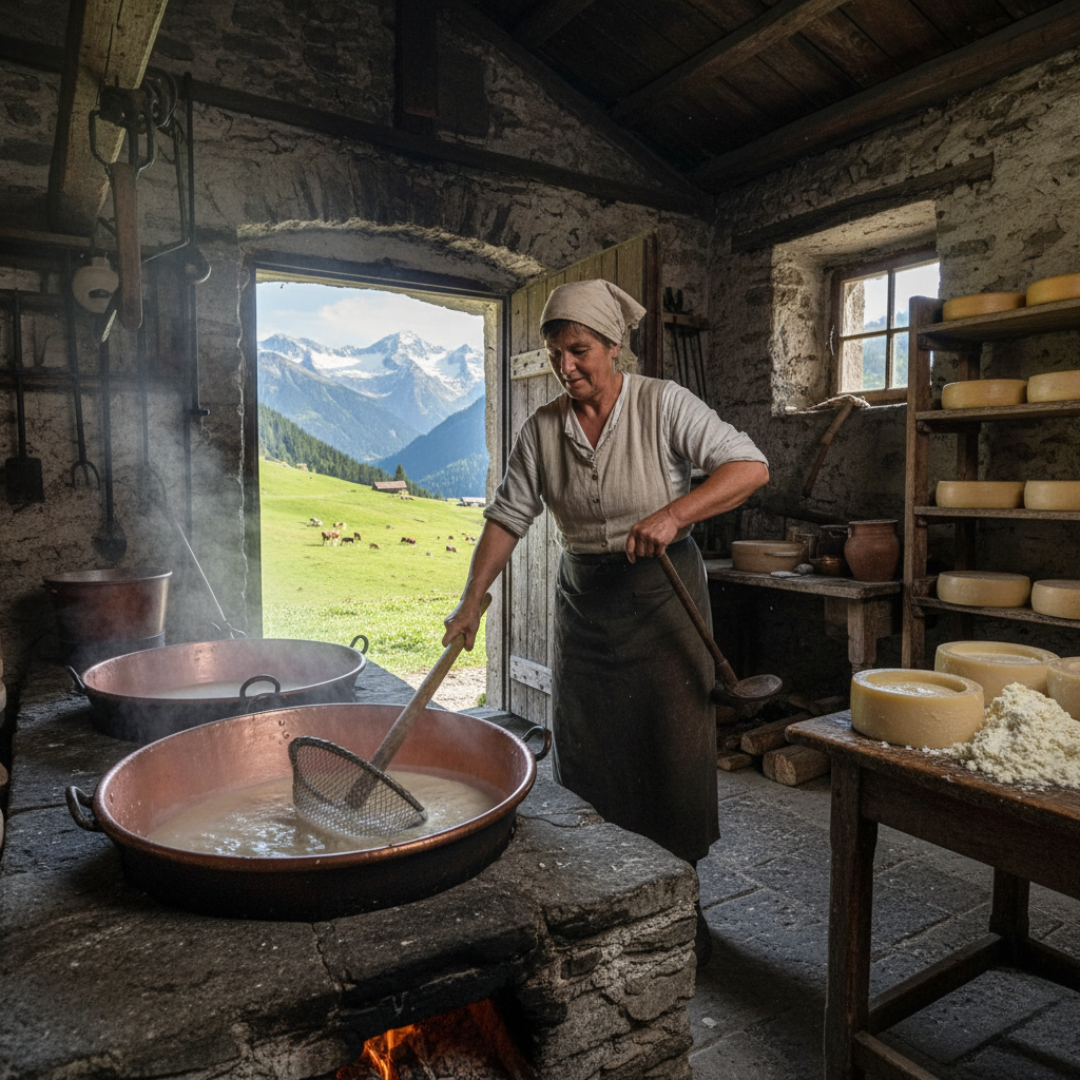
How to Read PDO & PGI Labels (and Why They Guarantee Quality)
If you’ve ever browsed European grocery products, you may have noticed mysterious gold-and-red or blue-and-yellow seals marked PDO or PGI. To the untrained eye, they might just look decorative - but in fact, these labels represent some of the most trusted quality certifications in the world.
For food lovers and chefs alike, understanding these labels is key to buying authentic, high-quality European products. In this guide, we’ll break down what PDO and PGI mean, why they matter, and how you can use them to shop smarter.
1. What Are PDO and PGI Labels?
Both PDO and PGI are part of the European Union’s system for protecting traditional foods and agricultural products. They help preserve heritage, guarantee quality, and ensure that products are genuinely from their place of origin.
-
PDO (Protected Designation of Origin):
This is the highest level of protection. Every step of production - from sourcing ingredients to processing - must take place in the specified geographical area.
Example: Parmigiano Reggiano cheese must be produced, aged, and packaged in certain provinces of Italy to earn the PDO label. -
PGI (Protected Geographical Indication):
This is slightly more flexible. At least one stage of production (sourcing, processing, or preparation) must occur in the specified area.
Example: Prosciutto di San Daniele can source pigs from outside the region but must be cured in San Daniele.
2. Why These Labels Matter
PDO and PGI seals aren’t just marketing fluff - they are legally protected designations backed by strict EU regulations. Here’s why they’re important:
-
Authenticity: You know you’re getting the real thing, not an imitation.
-
Quality Assurance: These products must meet exacting production standards.
-
Traceability: You can trace the food back to its region of origin.
-
Supporting Local Producers: Buying PDO/PGI products helps sustain traditional farming and artisan practices.
In short, when you buy a product with a PDO or PGI label, you’re not just purchasing food - you’re buying into centuries of culinary heritage.
3. Common PDO & PGI Products You’ll See
Here are some well-known European foods with PDO or PGI labels:
-
Cheeses: Parmigiano Reggiano (PDO), Roquefort (PDO), Gorgonzola (PDO)
-
Meats: Prosciutto di Parma (PDO), Jamón Ibérico de Bellota (PDO), Mortadella Bologna (PGI)
-
Oils: Toscano Extra Virgin Olive Oil (PGI), Kalamata Olive Oil (PDO)
-
Vinegars: Aceto Balsamico Tradizionale di Modena (PDO), Balsamic Vinegar of Modena (PGI)
-
Other: Champagne (PDO), Feta (PDO), Cornish Pasty (PGI), and even Saffron from La Mancha (PDO)
4. How to Spot the Labels on Packaging
European products proudly display PDO and PGI seals on their labels. Look for:
-
PDO Logo: Red and yellow circular seal with a sunburst design
-
PGI Logo: Blue and yellow circular seal with similar design but a blue border
These are usually placed near the product name or on the front of the packaging.
5. How to Use This Knowledge When Shopping
Knowing what PDO and PGI mean can help you:
-
Choose authentic products: Avoid imitations that may use similar names but don’t meet EU standards (e.g., “Parmesan” made outside Italy).
-
Get the best flavor: PDO and PGI foods are crafted using traditional methods that enhance taste and texture.
-
Support sustainability: Many PDO/PGI producers use environmentally responsible farming and small-scale production.
6. Why This Matters for US Shoppers
In the United States, many European-style foods are mass-produced domestically, often without the same quality standards. If you want the true taste of Europe, looking for PDO and PGI seals on imported products is one of the easiest ways to guarantee authenticity.
At Pick and Get, we carefully source a variety of PDO and PGI products - from Parmigiano Reggiano and Colavita Olive Oil to Prosciutto di Parma - so you can shop with confidence.
Conclusion
PDO and PGI labels are more than just fancy stamps - they are your guide to genuine, high-quality European food. By understanding these certifications, you can make informed choices, experience authentic flavors, and support traditional producers.
Explore our collection of PDO and PGI-certified products at Pick and Get and bring a taste of Europe’s culinary heritage into your kitchen.








